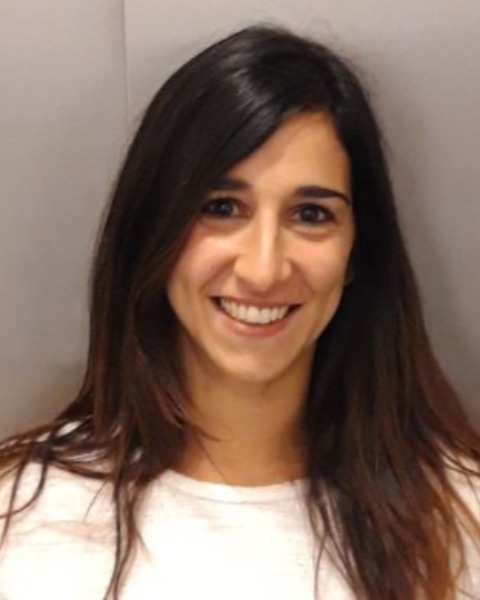Pharmacometrics & Pharmacokinetics (PMK)
Category: Non-Member Submission
Session: Poster Session II
PII-074 - MODEL INFORMED DOSE OPTIMIZATION OF BALSTILIMAB TO SUPPORT FIXED DOSING ALONE AND IN COMBINATION WITH BOTENSILIMAB IN PATIENTS WITH SOLID TUMORS.
Thursday, May 29, 2025
5:00 PM - 6:30 PM East Coast USA Time
M. Wilbaux1, Z. Tan1, A. Roy1, J. Grossman2, D. Chan2, G. Fetterly2; 1Pumas-AI, inc., Dover, DE, USA, 2Agenus, Lexington, MA, USA.

Melanie Wilbaux, PhD (she/her/hers)
Director, Clinical Pharmacology & Pharmacometrics
Pumas-AI, inc.
Potelières, Languedoc-Roussillon, France
Background: Balstilimab (Bal), an IgG4 anti-PD-1 antibody, is being developed in combination with botensilimab (Bot), a novel Fc-enhanced IgG1 anti-CTLA-4 antibody designed to optimize FcγR co-engagement and enhance anti-tumor immunity against 'cold' tumors. This combination has shown clinical activity in advanced colorectal cancer (CRC) and other refractory solid tumors. To support fixed dosing in CRC, we developed a popPK model characterizing Bal concentrations alone or with Bot in advanced solid tumors.
Methods: The popPK analysis included 6168 concentration values from 705 patients across 4 clinical studies (2 Phase I and 2 Phase II) with advanced solid tumors who received Bal intravenously as monotherapy or in combination with Bot. Bal doses ranged from weight-based doses of 1 to 10 mg/kg every 2 weeks (Q2W), 6 to 10 mg/kg every 3 weeks (Q3W); and fixed doses of 240 mg Q2W, 300 mg and 450 mg Q3W.
Model development involved 3 steps: (i) a base model to identify the structural and statistical models, (ii) a full model incorporating parameter-covariate relationships, and (iii) a final model refined by backward elimination. Simulations were conducted to assess the conversion from weight-based to fixed dosing and compare Q2W and Q3W regimens.
Results: Bal PK was best described by a linear 2-compartment model with time-varying clearance (CL). The terminal half-life was ~ 8 days at steady-state. The final popPK model included body weight effects on CL and Vc, as well as albumin and age on CL, but their impact on exposure was not clinically relevant. The following covariates did not have a significant effect on Bal CL: Bot co-administration, tumor type, ADA, sex, ECOG, eGFR, or hepatic impairment.
Model-based simulations of steady-state Cavg and Ctrough showed a 14% higher geometric mean exposure with 240 mg compared to 3 mg/kg Q2W, which is well within the equivalence range of 0.80 to 1.25. Simulations showed that 450 mg Q3W is no more than 20% lower than 240 mg Q2W in terms of Cavg and Ctrough.
Conclusion: Bal PK is well characterized. Minimal effects of intrinsic and extrinsic factors on exposure, including presence of ADA+, were observed, indicating no need for dose adjustments. Simulation results support conversion to Bal fixed dosing, and 450 mg Q3W as a viable alternative to 240 mg Q2W. This analysis can lead to treatment convenience and adherence.
